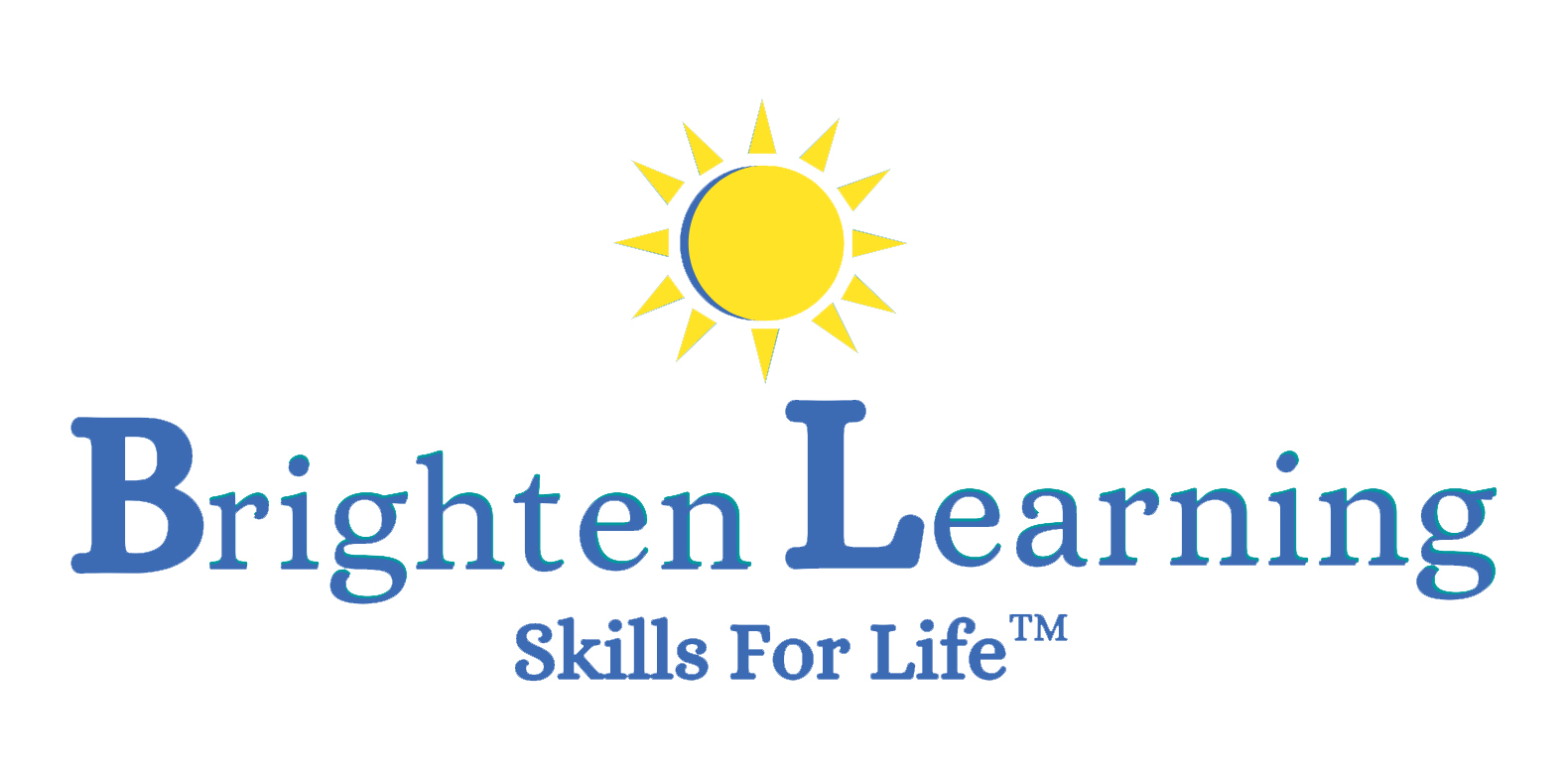Image credit: Unsplash Source: https://unsplash.com/photos/UFG04g43hqs Article written by Rachel Jameson There are a number of…
Survey: School Social Climate and Bullying
In conducting an initial bullying survey of 92 respondents, we sought to better understand the social climate present within different school campuses, in addition to the currently existing initiatives and challenges schools face in implementing successful SEL and anti-bullying programs. We also gauged the potential interest schools may have in implementing Cool School, a program which combines SEL and anti-bullying.
Of the survey respondents, 83.78% were principals and 14.86% were assistant principals. A majority, 70.27%, worked in elementary schools, while 28.38% worked in middle schools. In surveying the social climate, morale, and absenteeism in schools, the ratings given by respondents was fairly mixed among all grade levels.
Overall Findings
Overall, ratings were leaning more positively toward extremely good and fairly good. In rating social climate, there were no respondents that felt their school’s climate to be extremely bad, indicated by a rating of 5.
School Social Climate
A quarter of respondents found their school climate to be extremely good (24.68%; rating 1), and 48.05% found their social climate to be fairly good (48.05%; rating 2).
In terms of morale, 54.55% of respondents felt that the morale of school staff as a whole was fairly good (rating 2), with 20.78% of respondents finding it to be extremely good (rating 1).
Student Morale
The evaluation of the morale of students was positively skewed towards fairly good as well (53.25%; rating 2), with the second highest rating being extremely good (27.27%; rating 1).
Absenteeism
In regards to absenteeism, other than a single respondent, most of the survey takers indicated experiencing low levels of absenteeism within their school districts (42.86%; rating 2 and 27.27%; rating 1).
SEL Initiative
In terms of currently operating SEL programs and general school funding, half of respondents stated that their school had an SEL initiative program currently in place. For the 50% that had an SEL program, 64.29% of them had an SEL program at the district wide level.
School Funding
Nearly half of respondents (45.45%) stated that state funding for their school was based solely on attendance, while 36.36% stated that it was attendance and enrollment in tandem. It should be noted, however, that the 82.43% of respondents from California gave mixed and occasionally contrasting responses on how state funding was issued and utilized in their state.
Bullying
When surveyed on bullying issues and programs, 44.59% of respondents felt that bullying presented a somewhat serious challenge in their school district. It should be noted that this marked recognition of bullying as a problem in schools contrasts sharply with respondents positively rating the social climate of their facilities.
Despite nearly three quarters of respondents evaluating their school’s climate as extremely good or fairly good, bullying is still identified as a severe issue in nearly half of these same respondents.
Survey takers stated that the types of bullying that concerns them the most is verbal (78.38%), spreading rumors (52.70%), cyber (44.59%), physical (39.19%), exclusion (31.08%), and threats (27.03%). Approximately 7% participants showed concern in almost all categories (excluding damage).
Bullying Prevention Programs
Having recognized bullying as a notable challenge, nearly three quarters of respondents (70.27%) have already implemented programs to prevent bullying in their schools. Of the remaining respondents, 20.27% are currently in the process of implementation and an additional 6.76% have yet to implement a program in their school, but would like to in the near future. Of the programs already in place, 89.86% are ongoing programs.
The majority of schools with one-time programs would like to change over to an ongoing program.
In regards to who the program is designed for, respondents were fairly divided in terms of which grade levels programs were directed towards (8.57% for K-2, 31.43% for 3-4, 27.14% for 5-6, and 32.86% for 6+).
Accessibility of Bullying Prevention Programs
Over half of respondents (61.43%) noted that a significant challenge for these programs in their districts is a lack of accessibility for students and parents. Of the programs currently in operation, 60.98% were accessed only in the classroom through either one-on-one counseling (17.07%) or through PBIS/group counseling (17%). An additional factor barring accessibility is the fact that many schools (81.82%) received no state funding for their program. Of the schools receiving funding, monetary sources that were identified included funding from the district (41.67%) and from grants (25%).
Measuring Outcomes
In measuring the effectiveness of these programs, 64.18% already measure the outcome of their program, while 26.87% do not but would like to. In terms of frequency of measurement, 69.05% measure the outcome of their programs more frequently than once a year, and 19.05% measure annually. There are various ways that schools measure their programs. 35.71% measure the outcome through ongoing evaluation, 26.19% through analyzing changes of other data they gather, and 16.67% use other measures like discipline referrals or a combination of surveys, ongoing evaluation, and data analysis.
Cost of Programs and Lack of Funding
When prompted if they had any potential interest in a complementary program to their existing ones, 68.75% of respondents were not interested. Reasons for not wanting to complement the program included the additional cost/lack of funding, already having several other programs in place, or the need for district approval. However, 43.08% of respondents stated that they would be interested in a program combining SEL and anti-bullying. For the 56.92% that were not interested in this combined program specifically, reasons included the costs of implementing a new program or the existence of an already working program.
